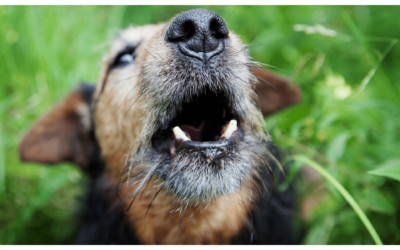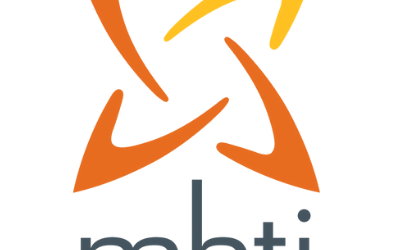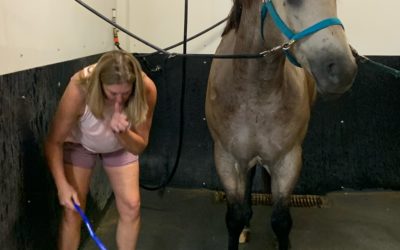Mindfulness & Bullfrog Moments

MICHELE BURCH REID, MS FOUNDER OF LCI
The other day I was working with a client, and she was sharing with me how a bullfrog appeared on her porch. She was laughing about how she had lost all track of time and the next thing she knew, she had been watching the bullfrog for 45 minutes.
Those are the perfect opportunities and examples of where we get to experience being fully present. So oftentimes, especially in our society, we are not fully present. Our minds are constantly going through our to-do lists. So oftentimes, our body is moving through our place of work, our office, our home, and our mind isn’t even there. Our mind is at the upcoming meeting or back at the house doing the laundry, or back in a conversation that didn’t go well, or ruminating about how somebody mistreated us.
So when we can get lost in nature or even be fully present in our place of work, we can be more creative, more engaging, more innovative, and more productive.
One of the things that I oftentimes have my clients practice in order to become better at being fully present is active mindfulness. For example, if you are cutting the carrot you just think about cutting the carrot, the color of the carrot, the sharpness of the knife, and the details of what you are doing. The mind is tricky and will try to take over. It will try to go to other places, such as the to-do list or the problem or situation that is bothering you. And the exercise is to redirect your thoughts back to the current moment. Giving your mind a break from stressful thoughts can be very rejuvenating and clears the space for more effective problem-solving.
More From Michele
Extraverted Sensing (SE)
Extraverted Sensing (SE) ESTP - ESFP"What IS" The function when we are focusing our attention on the real and present world, using our 5 senses. For example:Listening to a dog bark. When our brain focuses on the sound of the dog barking, it is exercising...
Eight Cognitive Functions of the MBTI
The 16 MBTI types can be simplified into 8 Cognitive Functions Important to remember: Everyone uses all 8 functions Our type determines our ability to use each function 2 will serve as our strengths 2 will serve as our weakness or blind spots The remaining 4 are our...
Importance of Non-Verbal Communication
The other day while I was grooming my horse, it hit me how important non-verbal communication is. In the words of Keith Whitley, There is so much that is being said “when you say nothing at all”. There is so much trust, loyalty, vulnerability, and even communication...



